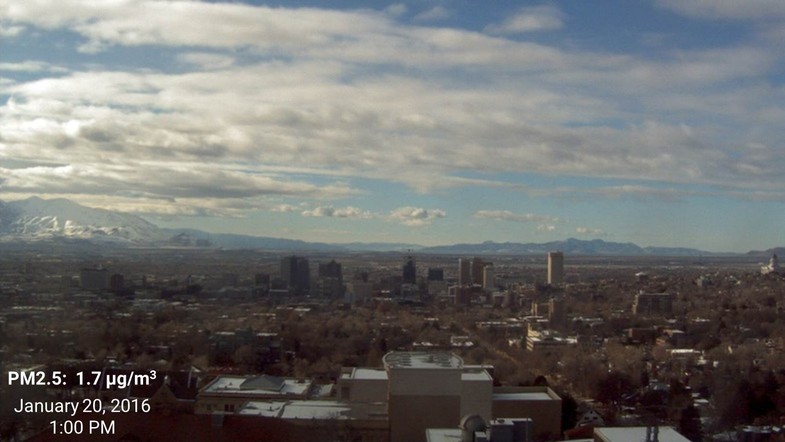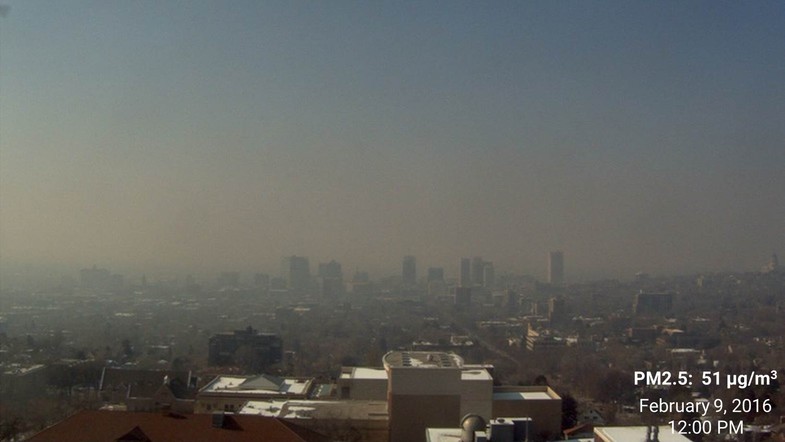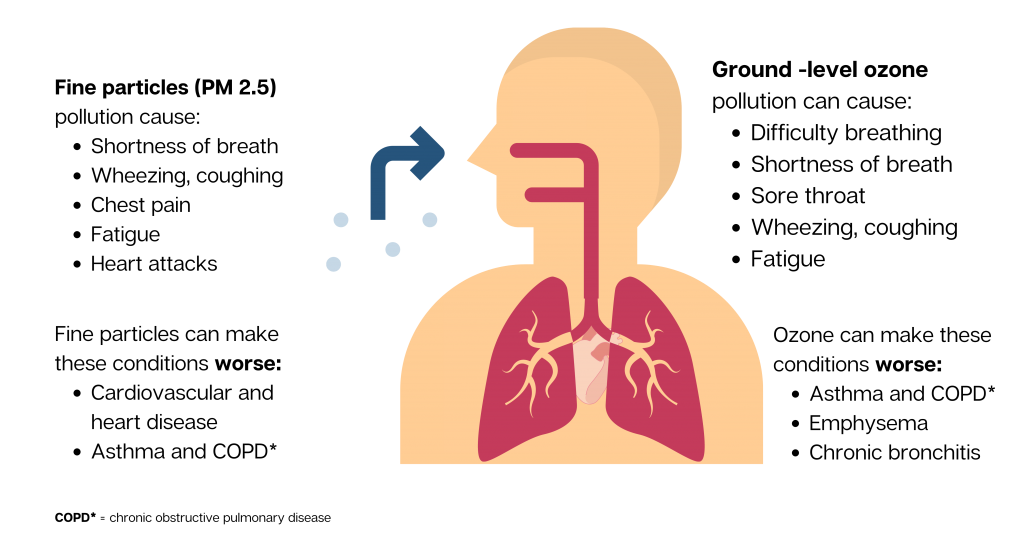Air Pollution
What is air pollution?
Air pollution is a mix of hazardous substances from both man-made and natural sources. Vehicle emissions, fuel oils and natural gas to heat homes, by-products of manufacturing and power generation, particularly coal-fueled power plants, and fumes from chemical production are the primary sources of human-made air pollution.
Frequently Asked Questions


Wildfire Smoke
Frequently Asked Questions
Indoor Air Quality
Indoor Air Quality (IAQ) refers to the air quality within and around buildings and structures, especially as it relates to the health and comfort of building occupants. The average person spends up to 90 percent of their time inside. Poor indoor air quality can cause similar health effects as exposure to outdoor pollution such as: decreased lung size and function, acute respiratory illnesses (such as asthma and bronchitis), emphysema, and even some types of cancer.
Frequently Asked Questions
WestSide Airsense: Empowering communities through enchanced PM monitoring
Utah APPLETREE has partnered with the University of Utah and the Department of Environmental Quality's Division of Air Quality to learn more about particulate matter (PM) in underserved neighborhoods on the west side of the Salt Lake Valley. The team will be using affordable air quality sensors in those areas to measure levels of PM2.5 and PM10 particles.
We are developing air quality maps and alerts to provide instant, local air quality information. Interested community members can get involved and will be compensated for their time. Community input will also help inform air quality sensors’ placement. Outreach modules on particulate pollution and its impact on local air quality will also be available for use by educators and other interested community members.
If you would like to be involved in this project, please visit: Westside Air: Get Involved
This project will be completed in May 2026 and updates will be shared here and in the WestSide AirSense newsletter.
To sign up for the newsletter please visit: WestSide Airsense

